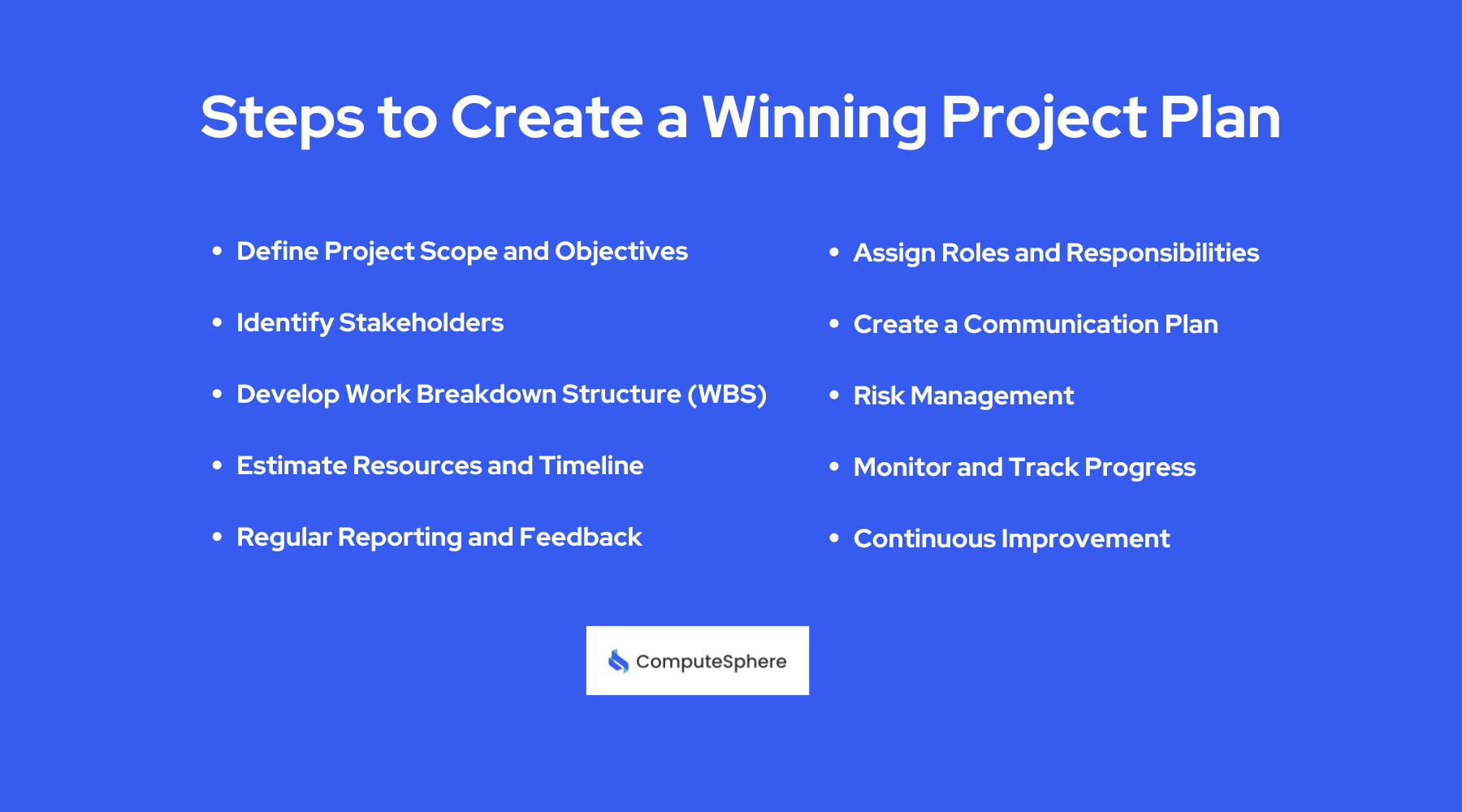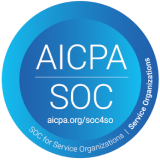How to Create a Winning Project Plan: A Comprehensive Guide

Creating a winning project plan is essential for the success of any project. It serves as a roadmap, guiding you and your team through the various stages of project execution, from formation to completion. A well-designed plan adapts to challenges, grabs opportunities, and empowers stakeholders with actionable insights.
It builds confidence and unity within the team, encouraging informed decision-making and proactive prevention strategies. Fundamentally, a carefully crafted project plan is the foundation of project success, representing strategy, planning, and thorough execution.
Let’s explore the process of creating a project plan that sets you up for success.
What is Project Planning?
Project planning starts with defining the objectives, scope, deliverables, and timeline of a project, as well as allocating resources and identifying risks. It involves systematically organizing and outlining the steps needed to achieve project success, and direction to all stakeholders involved.
Effective project planning sets the base for efficient project execution, monitoring, and controlling. This ultimately leads to the delivery of high-quality results within budget and schedule constraints.
The Role of Project Planning in Project Management
Project planning plays a critical role in project management by providing a roadmap for project execution. It helps align stakeholders, clarify objectives, and ensure that resources are allocated effectively. It systematically organizes project activities and plans potential risks. Project planning minimizes uncertainties and increases the likelihood of project success.
Steps to create a winning project plan

Define Project Scope and Objectives
Start by conducting a thorough analysis of the project's requirements and objectives. Clearly define what needs to be achieved, what deliverables are expected, and what constraints or limitations exist. This step sets the foundation for the entire project plan and ensures alignment with stakeholders' expectations.
Identify Stakeholders
Identify all individuals or groups who have an invested interest in the project's outcome. This includes not only internal team members but also external stakeholders such as clients, customers, suppliers, and regulatory bodies. Additionally, understanding their needs, concerns, and expectations is important for effective communication and stakeholder management throughout the project.
Develop Work Breakdown Structure (WBS)
Break down the project scope into smaller, more manageable tasks using a Work Breakdown Structure (WBS). This hierarchical decomposition helps to organize the work into logical components, making it easier to plan, estimate resources, assign responsibilities, and track progress.
Estimate Resources and Timeline
Guess how much stuff you need to finish each job, like people, things, tools, and budget. Develop a realistic timeline for the project, taking into account dependencies, constraints, and potential risks. Additionally, accurate resource and timeline estimates are important for effective project planning and management.
Assign Roles and Responsibilities
Clearly define the roles and responsibilities of each team member based on their skills, expertise, and availability. Assigning roles ensures that everyone knows what is expected of them and helps to prevent confusion or duplication of effort. The effective role assignment promotes accountability and collaboration within the team.
Create a Communication Plan
Develop a communication plan outlining how information will be shared, meetings will be conducted, and stakeholders will be engaged throughout the project. A well-defined communication plan ensures that relevant information is communicated to the right people at the right time.
Risk Management
Identify potential risks and uncertainties that could impact the project's success, and develop strategies to mitigate them. This may include risk avoidance, risk transfer, risk mitigation, or risk acceptance strategies, depending on the nature and severity of the risk. Moreover, regular risk assessment and proactive risk management help to minimize the impact of potential threats on project outcomes.
Monitor and Track Progress
Implement tools and processes to monitor and track project progress against the plan. This may include regular progress meetings, status reports, milestone tracking, and performance metrics. Monitoring progress allows project managers to identify any deviations from the plan early on and take corrective action as needed to keep the project on track.
Regular Reporting and Feedback
Provide regular progress reports to stakeholders, keeping them informed of project status, accomplishments, challenges, and upcoming milestones. Solid feedback from stakeholders to ensure alignment with expectations and identify any issues or concerns that need to be addressed. Open and transparent communication encourages trust and collaboration among project stakeholders.
Continuous Improvement
Continuously evaluate project performance, learn from successes and failures, and incorporate lessons learned into future projects. This may involve conducting post-project reviews, analyzing performance metrics, and identifying opportunities for process improvement. Adopting a culture of continuous improvement ensures that lessons are learned and applied. This leads to greater efficiency, effectiveness, and success in future projects.
The key ingredients for a successful project plan
A project plan includes key ingredients for effective execution and management:
Clear Objectives: Clearly define the project's goals, objectives, and desired outcomes to provide a clear direction for the team and stakeholders.
Comprehensive Scope: Define the project scope, including what is included and what is not, to prevent scope creep and ensure that everyone understands the project's boundaries.
Realistic Timeline: Develop a realistic timeline for the project, including key milestones and deliverables, taking into account dependencies, constraints, and potential risks.
Resource Allocation: Allocate resources, including manpower, budget, materials, and equipment, based on the project's requirements and constraints.
Effective Communication: Establish clear channels of communication and ensure that information is shared transparently among team members and stakeholders to foster collaboration and keep everyone informed.
Risk Management: Identify potential risks and develop strategies to mitigate them, including contingency plans and risk response strategies, to minimize their impact on project outcomes.
Stakeholder Engagement: Engage stakeholders from the outset to gather input, gain buy-in, and ensure their needs and expectations are addressed throughout the project lifecycle.
Roles and Responsibilities: Clearly define roles and responsibilities for team members, ensuring that everyone knows what is expected of them and promoting accountability and collaboration.
Monitoring and Tracking: Implement tools and processes to monitor and track project progress against the plan, allowing for timely adjustments and interventions as needed to keep the project on track.
Continuous Improvement: Encourage a culture of continuous improvement by regularly evaluating project performance, learning from successes and failures, and incorporating lessons learned into future projects to drive ongoing excellence and success.
Conclusion
Creating a winning project plan is essential for the success of any project. By following the steps outlined in this guide, you can create a comprehensive project plan that sets you up for success. So, from defining objectives and scope to implementing the plan and evaluating progress. These steps play a crucial role in ensuring that your project is completed on time, within budget, and to the satisfaction of all stakeholders involved.
Contents
Built for Builders. Priced for Startups.
Tired of unpredictable cloud bills? ComputeSphere offers modular, fixed-cost cloud hosting that grows with your startup—no DevOps headaches, no surprises.
Get StartedShare this article
Browse Some Related Blogs
Relevant and related contents you can read








